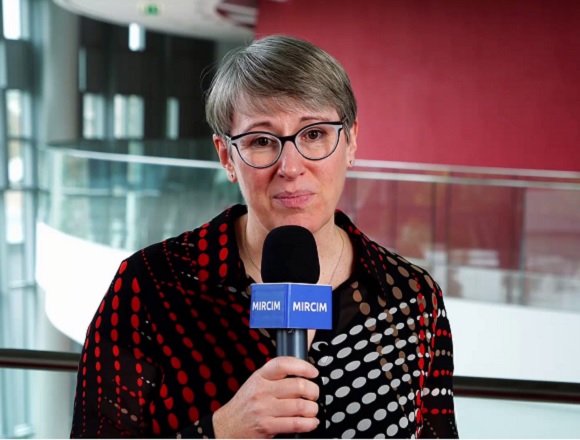Bram Rochwerg, MD, is a researcher and associate professor of medicine at the Faculty of Health Sciences, McMaster University, with expertise in critical care.
What is the optimal timing for intubation in a patient with acute hypoxemic respiratory failure?
This is such a challenging question and one that I think vexes so many of us that look after these patients. You know, there are pros and cons of either waiting to intubate as long as possible or intubating early on.
Waiting seems optimal. However, there’s this whole concept of self-induced lung injury, and what we know from studies is that, at least in mechanically ventilated patients, providing lung-protective ventilation is the optimal approach. Might it be that leaving patients to breathe huge tidal volumes actually leads to more deleterious effects on the lungs? It’s certainly possible.
The other side of that coin is that providing early intubation to these patients obviously exposes them to a number of risks around sedation, harms of mechanical ventilation, and all the complications that go along with mechanical ventilation. So it really is a difficult balance to walk and a challenging decision when faced with these patients of intubating early or intubating late.
Perhaps, tying into my answer to my last question [see Lessons from COVID-19 in the management of other patients with hypoxia], I think over the course of the pandemic I got more and more comfortable pushing the window of intubation further down the road that I could: safely, but trying my best to support these patients with noninvasive oxygenation. And at least from my perspective, it seems like those that I was able to avoid intubation seemed to do better. I’m not advocating for leaving patients in a hypoxic state and certainly if sats drop below 90%–91%–92% despite maximizing FiO2 and other oxygen delivery parameters, I think this is somebody that still requires intubation. But I think using things like high-flow or BiPAP at quite high settings for a prolonged time, you know, a few days, a week, two weeks—something that maybe I would not have done prior to the pandemic—it’s the way I’ve been acting with both COVID-19 and non-COVID-19 patients in the last little while.
I think I’m going to continue to practice that way. It’s hard—I’m an evidence-based guy and it would be fantastic to have randomized controlled trial (RCT) data looking at this clinical question. It’s a very challenging situation to randomize patients in and to study in a scientific manner. So, although I hope we have more robust data looking at the ideal timing of intubation, I think we might be left going based on our clinical intuition and what feels right in the patient, in the moment, for the time being.
 English
English
 Español
Español
 українська
українська








